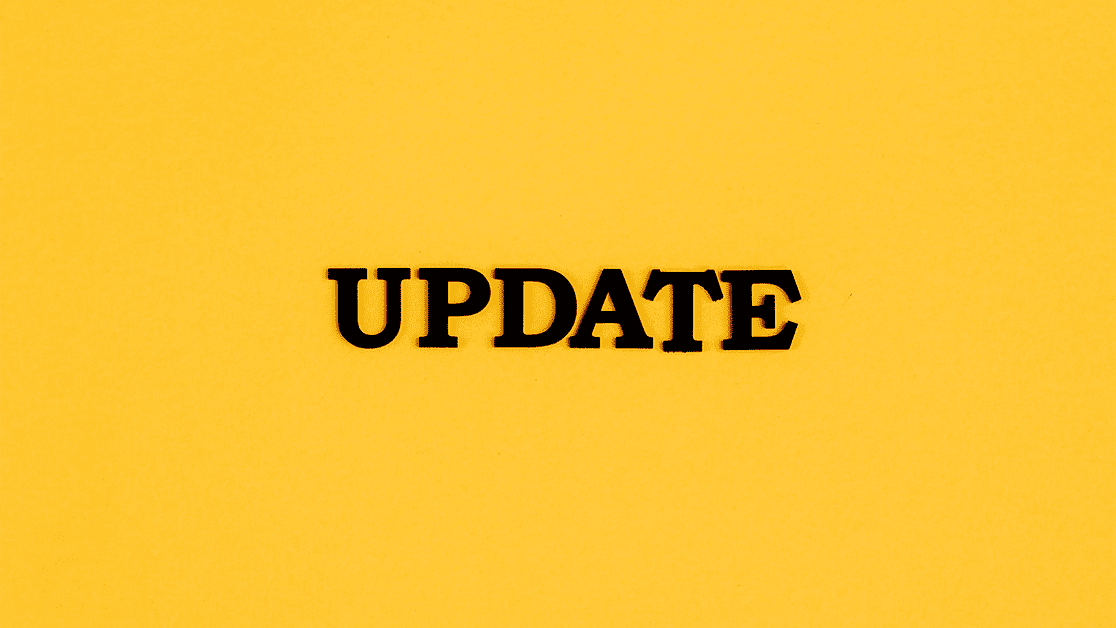Just a few weeks ago we shared an update on how the EWP deployment and adoption was going.
That article was called “Does EWP work?”, and that question was quickly answered. So today let’s focus on how well it works – this being the first of several regular updates we will share with the community.
To IIA or to not IIA, that is the question
Let us start with the issue that has been worrying colleagues working in International Relations Offices the most: the renewal of the Inter-Institutional Agreements. At the time universities needed to secure their mobility spots for the 2022/23 academic year, working EWP-implementations were lacking behind. This led to thousands of emails being sent back and forth between current and future Erasmus partners. And while it is clear that the technical solutions suffered some delays, one should also acknowledge that the decision making on renewal of agreements also took place rather late. The combination of both led to chaos in many mailboxes of IRO officers.
And yet there are some relatively bright lights at the end of this tunnel. At the time of writing the previous article, 7 weeks ago, only 1 third-party provider had successfully completed the technical testing of the IIA with the Erasmus Dashboard; this number has since increased to 6 complete tests. We take good note of this acceleration, which is welcome news just before the end of 2021.
However, it’s also important to remark that user feedback suggests that even when providers implement IIA modules which are compatible with EWP, improvements can still be made. One issue that is coming into focus is that not all commercial providers currently support the full extent and logic of what the new IIA template and API was meant to allow – for example, regarding support to IIAs containing multiple cooperation conditions. Compromised support for this functionality prompts IIAs that previously spanned faculties, study cycles and different types of mobilities to now require multiple IIAs. This does not pave the way to the kind of efficiency gains that EWP was designed to generate – if anything, it risks increasing effort and complexity.
A hidden milestone
The attention to the IIA renewal has been such that the first deadline of the ESCI roadmap has come and gone without much fanfare, in that 2021 was meant to be the year where Learning Agreements would go digital (although the 2021/2022 transition period applies to them as well, making it a rather soft deadline).
That, for the most part, seems like a success story. Although only three technical tests with third-party providers have so far been completed, our experience suggests more systems do exchange LA data correctly, and it’s noteworthy colleagues seem to have struggled far less to implement this particular service in their systems. The fact that the Online Learning Agreement provided such a strong reference implementation is a key factor here, and speaks to the importance of the work of this particular project team, which stretches back to 2015.
A few challenges ahead
It’s clear that rolling out EWP has not been easy for anyone: the EWP Team had to do so during a prolonged funding hiatus while universities were struggling to handle a devastating pandemic. Additionally, there is an important number of universities that are active in study mobilities but are still not able to exchange IIAs and OLAs via EWP, suggesting that quite a few challenges will need to be tackled comes 2022, including but not limited to the following examples:
- Some third-party providers are very engaged, but some are not engaged at all. How can the clients of the latter group best manage the risk of not being connected to EWP in a timely fashion?
- Critical mass is of vital importance to make EWP work. If you are connected but your partner isn’t it is the end of story. How can the number of well-established connections be further raised?
- Will universities that couldn’t wait to start renewing their IIAs have to endure duplicate work to redo them digitally? Can this be avoided, and how?
- How are universities with in-house systems faring? Are national authorities in a position to monitor how their efforts are progressing?
- While 2023 might seem a long way away, has work on deploying the nominations and transcripts of records already started across the various systems? History shows that putting faith on quick results might not be the wisest move.
- There’s a growing sense that deadlines might need to be extended to ensure everyone can be connected, but is this fair towards the universities (and companies) that have put in considerable effort to complete and test their connection in time? How to make sure extra time is used wisely?
Another piece of good news is that from 2022 we hope to have the means to better support the community implementing EWP, thanks to a contract recently signed with DG EAC that is the result of a competitive tendering process. Throughout 2018, 2019, 2020 and 2021 the running costs of several systems essential to the functioning of EWP were paid by the European University Foundation and its member universities and a number of enthusiastic volunteers. We are very happy with the perspective that the next four years may allow for a more professional approach to running such critical infrastructure. Stay tuned for more details in early 2022!
Wishing all the colleagues great Holidays and a wonderful New Year,
The EWP team
This article was last updated on 20/12/2021. The number of technical tests is now 6 instead of 5.

